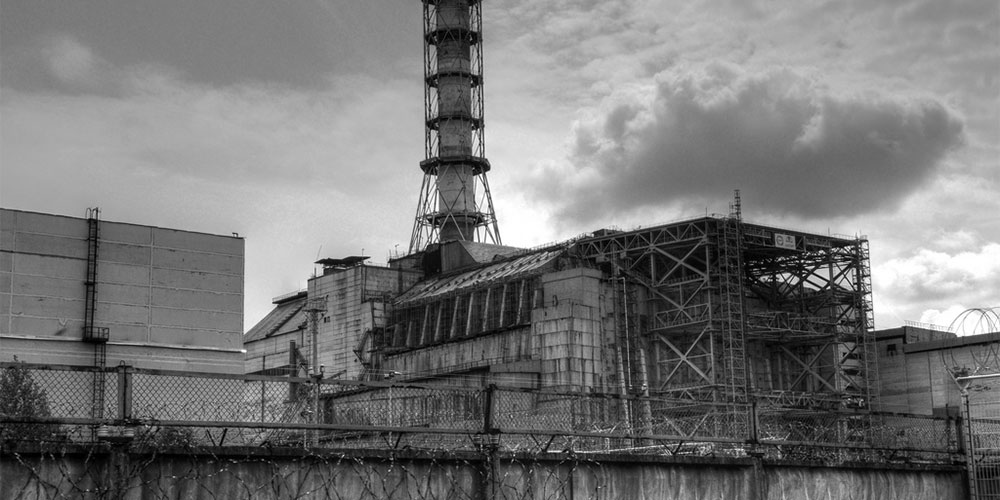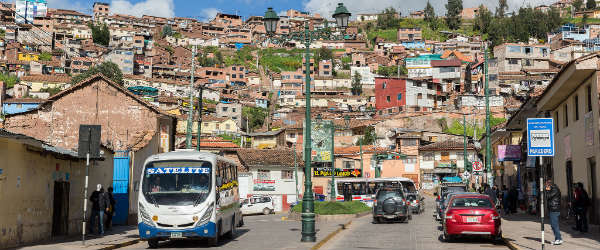Made up of the seven-oldest siblings of the 13-member Wolfgramm family, 13 Crowns' ages range from 12 (drummer Nora) to 21 (keyboardist Eve), ...
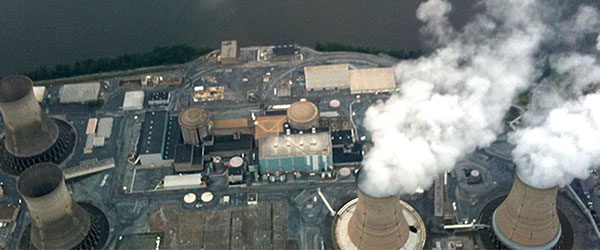
Global nuclear disasters do not happen often. When they do, they unleash unimaginable devastation. This article will bring focus to three radioactive exclusion zones that are either off limits or highly policed. Since radioactive material can remain hazardous for millennia after its release, these zones are still too dangerous to inhabit. They are limited to emergency responders and rebuilders working to contain the material. Nuclear tourists who wish to visit these sites are limited to specific areas.
If you wish to tour one of these locations that offer guided visits, you will have to follow specific safety instructions. You will not be allowed into the current exclusion zone, but may spend several hours in the surrounding area. General safety precautions include wearing long sleeves and closed shoes, dressing in as many layers as you can withstand, and not touching anything or wandering from the group.
1. Fukushima Daiichi Nuclear Plant — Fukushima, Japan
Immediately following the earthquake of March, 2011, the Fukushima Daiichi Nuclear Power Plant located in Japan was hit by a tsunami. The power of the water and the 43-foot waves destroyed the cooling system meant to cool the reactors in an emergency. This resulted in three nuclear meltdowns and the discharge of radioactive material. The Fukushima disaster is known as the worst nuclear accident since Chernobyl in 1986.
The exclusion zone, the boundary restricting access to the site, was set at 20km (12 miles) from the plant. Any residents living less than 30km (18 miles) were told to stay indoors to protect themselves from the material. Cancer rates and thyroid deformities, even in children, have been climbing ever since.
Keow Wee Loong, a photographer who managed to sneak into the exclusion zone in 2016, described an eerie feeling similar to being the last person on Earth. Though you cannot legally see this place in person, you can use this Google Maps link to travel along the abandoned streets, left exactly as they were five years ago during the evacuation.
The power plant remains closed, the exclusion zone still enforced, and former residents continue to endure the effects of radiation. For more information, check out this short documentary on the disaster.
2. Chernobyl Nuclear Power Plant — Chernobyl, Kiev Oblast, Ukraine
The famous explosion of Reactor 4 during a failed systems test on April 26th, 1986 is considered to be the worst nuclear disaster in history. The blast, fire, and release of highly radioactive clouds left hundreds of thousands evacuated, nearby cities abandoned overnight, and contamination that will last for thousands of years. Piles of gas masks, classrooms with schoolbooks still opened on top of desks, stuffed animals, family photographs, the memories and personal belongings of the 50,000 citizens of Pripyat, all left behind.
It is possible to visit the nearby city of Pripyat in the exclusion zone if you are with a certified tour guide. There are various checkpoints in the city to monitor your radiation levels before you leave. You have the option of purchasing a Geiger counter to measure the levels of radiation yourself. One area that you cannot visit is the plant itself. The city of Chernobyl is inhabited by thousands of workers attempting to shield the reactor, which is still leaking toxic radiation to this day.
There is a unique, eerie silence in Pripyat. It is not your typical abandoned site. You may not be able to see or feel it, but you know that there is an invisible poison constantly passing through your body. This invisible poison is the reason why Pripyat is frozen in time, a preservation of radioactive destruction. If you do find yourself in Ukraine, you can visit the abandoned city of Pripyat, a city where over 50,000 citizens were forced to evacuate and leave the city as it was the day of the accident. One extreme tourist, known as “Exploring with Josh” on YouTube, used TourKiev for his journey, producing a documentary of his visit.
3. Kyshtym Disaster — Ozyorsk, Chelyabinsk Oblast, Russia
The site of this 1957 contamination incident in the Soviet Union is described as the third worst nuclear disaster in history, and many of us haven’t even heard of it. It wasn’t until decades after the incident that the effects of this disaster became global news. The Mayak Production Association used this plant to produce plutonium for nuclear weapons, so of course during the Cold War era, even its location was a closely guarded secret only known to its Soviet employees at the time.
The plant was built in a hurry to catch up to the Americans during the nuclear arms race. Environmental, public safety, and hazardous material concerns were not taken into significant account. Dozens of other accidents happened here throughout the early days of its early operation. The effects of radiation and pollution generated from the plant still affect residents to this day. The safety of the area is still under debate, and the plant remains open as a plutonium production reactor and reprocessing plant.
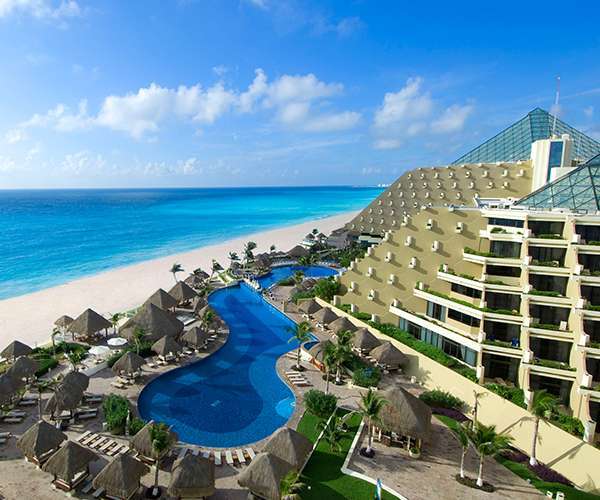

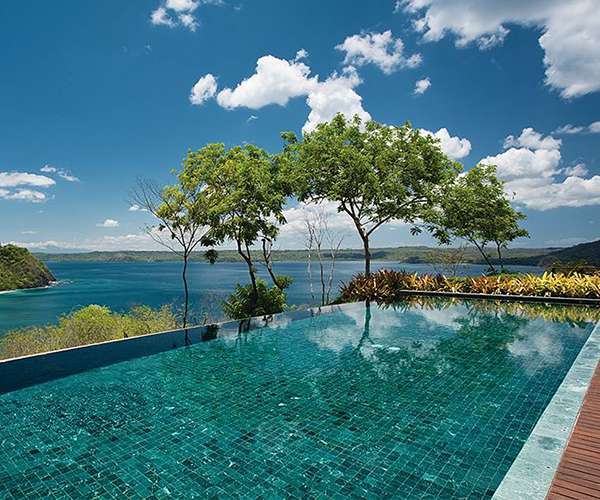

Nestled hillside on Costa Rica's Pacific coast, this elegant property exceeds even the highest of expectations associated with the Four Seasons brand.
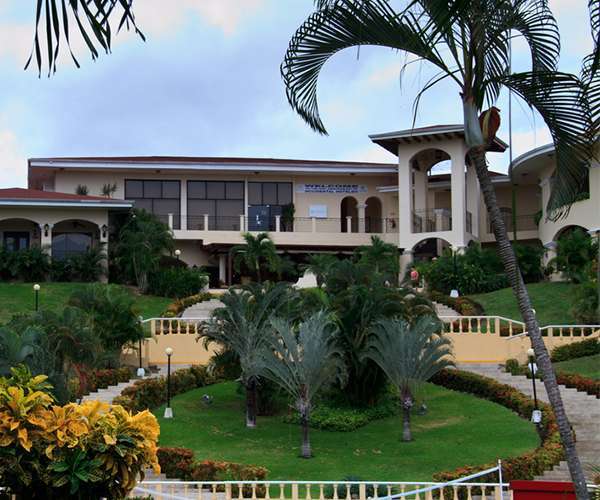

Set on the Pacific coast of remote Costa Rica, this all-inclusive property provides a wonderful vacation and an affordable price.


Boasting modern accommodations, overlooking the pristine coastline Cabo is known for, this resort is a surefire hit.






